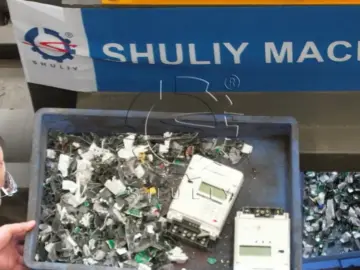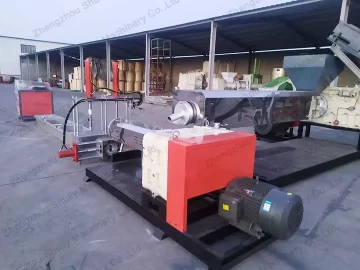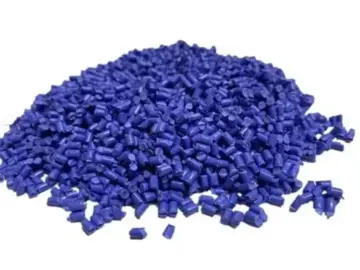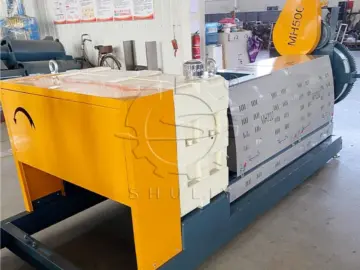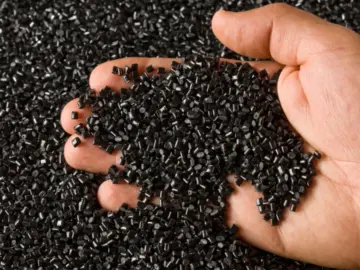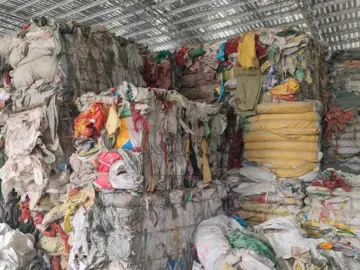Plastic waste management is a defining challenge of our time, but within it lies a significant opportunity for resource recovery. The key to unlocking this potential is converting plastic scrap into a reusable format. This is accomplished with a specialized piece of equipment often referred to as a plastic pelletizer.
But what is this plastic pelletizer, and how does it function as a critical engine for the circular economy? This article provides a straightforward look at the engineering principles, its economic impact, and what specifications truly matter.
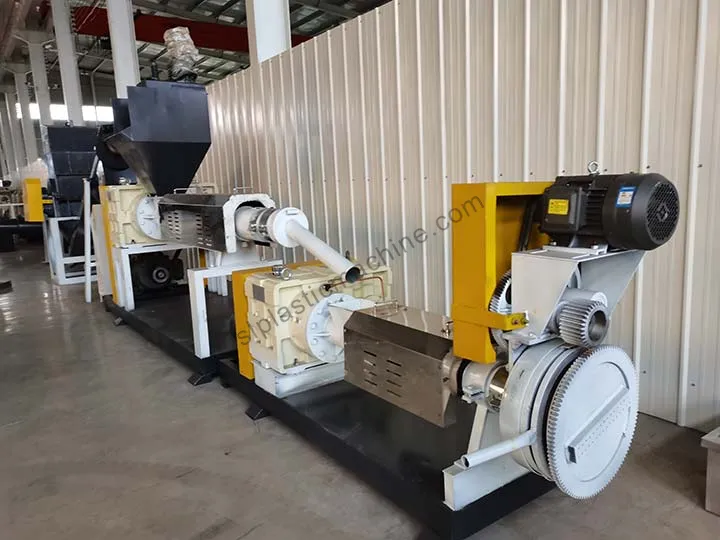
The Core Function of a Plastic Pellet Making Machine
At its most fundamental level, a plastic pelletizer is a machine that processes post-consumer or post-industrial plastic waste and transforms it into uniform, densified pellets. These recycled pellets become a valuable commodity, serving as a direct raw material for manufacturing new plastic goods.
The primary goal of a plastic pelletizing recycling machine is to restore the value of used plastic by returning it to a state that is easy to handle, transport, and process in standard manufacturing equipment like injection molders or extruders.
The Engineering Behind Pelletizing: More Than Just Melting
While the product page outlines the basic steps, understanding the core engineering principles provides a deeper appreciation for the process. The transformation relies on three critical phases within the plastic pellet extruder machine.
- Plasticization and Homogenization: This is the heart of the process. As plastic scrap enters the barrel of the plastic pellet extruder machine, a precisely designed screw conveys it forward. External heaters and the intense friction from the screw’s rotation (shear force) melt the plastic. More importantly, the screw’s design ensures the molten polymer becomes a homogenous mix, evenly distributing heat and any additives. It is during this phase that effective degassing (venting) is crucial to remove moisture and volatiles that would otherwise compromise the final pellet quality.
- Filtration and Pressure Building: Before forming, the molten plastic must be purified. It is forced through a robust screen pack to filter out solid contaminants. A well-designed machine, like a two-stage plastic pelletizer, uses a second extruder to build stable, consistent pressure, ensuring a smooth and steady flow of clean melt to the die head.
- Pellet Formation: After extrusion, the strands of plastic are cooled and cut. In a strand pelletizing system, this involves a water bath for solidification, followed by a high-speed cutting rotor that dices the strands into the final cylindrical pellets.
The Crucial Link in the Circular Economy
The role of a plastic pelletizing recycling machine extends far beyond simple waste reduction. It actively creates a viable market for plastic scrap. By turning discarded materials into a high-quality, tradable commodity, it provides the economic incentive necessary to sustain and grow collection and recycling infrastructures globally.
This process directly supports the circular economy by:
- Conserving Virgin Resources: Every ton of recycled pellets reduces the demand for fossil fuel-based virgin plastics.
- Reducing Energy Consumption: Manufacturing goods from recycled pellets requires substantially less energy than from raw materials.
- Creating Economic Value: It transforms a disposal cost (landfilling) into a revenue stream.
Connecting Plastic Pelletizer Specs to Real-World Output
Choosing the right equipment depends entirely on the application. The specifications table above isn’t just a list of numbers; it tells a story about the pelletizing machine’s capability.
Notice the direct relationship between three key parameters: Screw Diameter, Main Motor Power, and Output (KG/H). A larger screw diameter, such as the 200mm or 220mm options, can process a greater volume of molten plastic. However, to do so effectively requires a more powerful motor—75kw or 90kw, respectively—to handle the increased torque and load.
This synergy determines the final capacity. A small workshop might find the Type 105, an efficient 150KG/H machine, to be a perfect starting point. In contrast, a large-scale industrial facility would require a model like the Type 220, a 420KG/H machine, to meet its production targets. Understanding these relationships is key to selecting the right plastic pellet making machine for a profitable operation.

